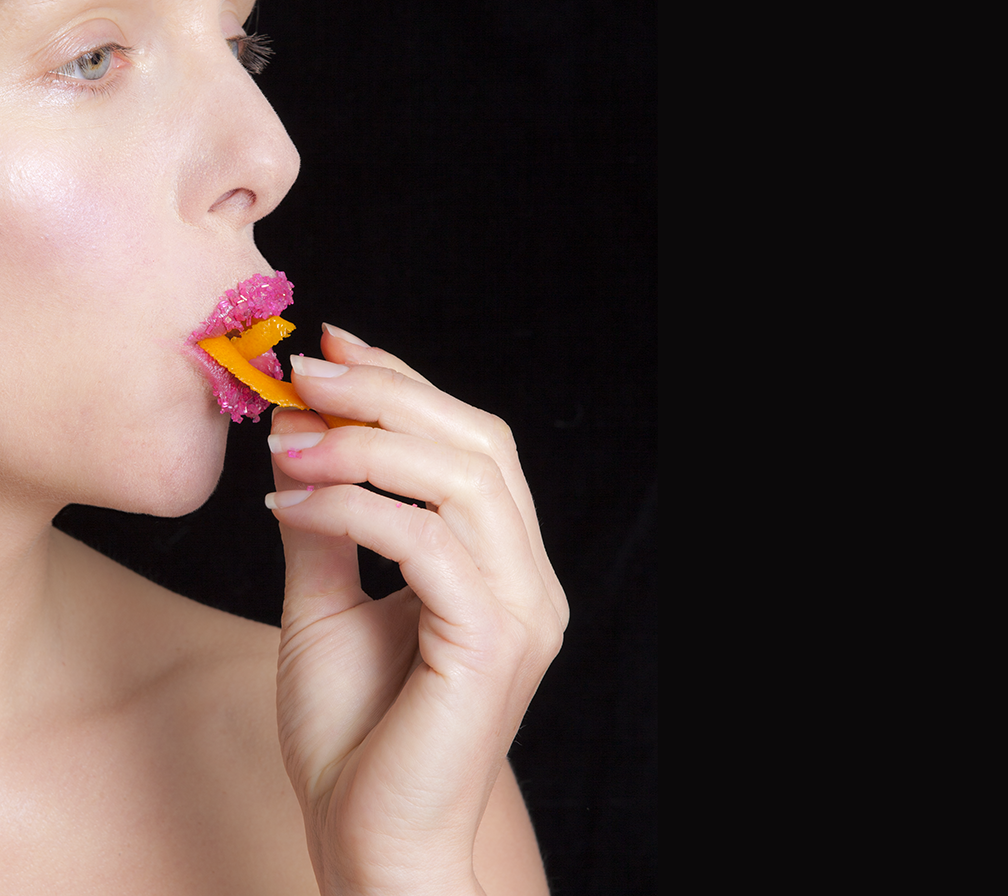
I wrote a junk food cookbook in 2009. I took the gastronomic recipes my French mother had made so lovingly for us and remade them using only American junk food. Surprisingly, people loved this. Astoundingly, my mom didn’t get mad. Weirdly, this floppy paperback launched my career in food design (and, thankfully, did not dictate what came next). Years later, I’ve expanded my work to include interactive art, product development, technology, and teaching, specializing in food and sensory experiences.
While I no longer think—as I wrote in that book—that people who eat junk food are aliens, I am still fascinated by how we construct meaning and identity as humans. Through my practice I’ve learned a few things along the way, mostly that the body is the instrument of the mind: how we understand the world is often due to how we’ve experienced it. In relationship to food, this is a clear metaphor. As the great French gastronome Brillat Savarin, who wrote The Physiology of Taste, grandly stated, “Tell me what you eat and I will tell you who you are.” I think this cliché only goes so far: we are not just what we eat, we are also how we eat. The entire body is involved in consumption. Every bite triggers a symphony of taste, touch, sight, smell, and sound, while also eliciting a host of physical movements as we slurp, bite, sniff, suck, chew, or lick. This full body dance generates tons of sensory information that has the power to affect the way we feel and relate to the world around us. In this light, food design becomes more like choreography, an organization of moving parts, both inside and out.
In recent years, I’ve begun to approach my own work more like dance than design. My resulting process brings together basic choreographic and design language, exploring creativity through the lens of material, shape, color, action, and dynamics. This simple shift in language is like calling a hamburger a “steak haché”—while it sounds fancy, it sheds light on what’s really going on between those buns (i.e., “chopped-up steak”). Puns aside, by shifting language, we also shift our mindset, creating opportunity for new possibilities and inroads to creativity. material
My road to get here is a waltz in itself: I first studied film and dance in college, attempting to connect physical and visual storytelling. When not shooting 16mm film, I trained in a style of contemporary dance known as Graham style, pioneered by Martha Graham in the 1900s, whose influence on dance often compared to Picasso’s influence on painting, or Frank Lloyd Wright’s on architecture. My subsequently failed dance career was followed by several years as a photographer, waitressing, and one medieval chateau restoration. It was then that I discovered industrial design—a “real job”—on a visit to Pratt Institute. Some two-and-a-half years later, I was officially a “Master of Industrial Design” and I began developing products, strategies, and new technologies. But what I had gained in skill, I was missing in human connection. My desire to get away from the computer, feel close to my material and my users led me (back) to food. Similar to what I had loved while studying dance, food was a direct creative connection to my body. Like physical movement, food stimulated all my senses—from sight to smell, sound, taste, and touch—while also allowing me to discover parts of myself unknown. Martha Graham once said,
I can tell you what the shoulder means. [...] I can tell you where the arm comes from in the back and all of the excitement of where in the body it grows. I don’t know how many years it took to learn certain things. But I enjoyed it. I enjoyed the physical engagement with myself.
Food had a similar effect on me: exceptional food, like exceptional dance, can be of incredible pleasure not only because it stimulates more of our senses, but also because it is a portal into an intimate relationship, or “engagement” as Graham says, with ourselves. I think this comes from the muscle memory of our everyday—how we drink our coffee, hold our spoons (or don’t), chop our veggies, sit (or stand) at lunch—these behaviors are the choreographies of our lives and lay a foundation for how we experience ourselves. In dance, if we want to choreograph—to leap, twirl, slide, or flip—we train our bodies to become more attuned to how the hip, toe, or knee works. Food is no different. By exploring how our body connects to the material we eat, I think we can start to not only better understand how we work, but also open possibilities for new ways of consuming.
To read the entire article and more about the intersection of design + food, pick up a copy of Observer Quarterly Number 3.
